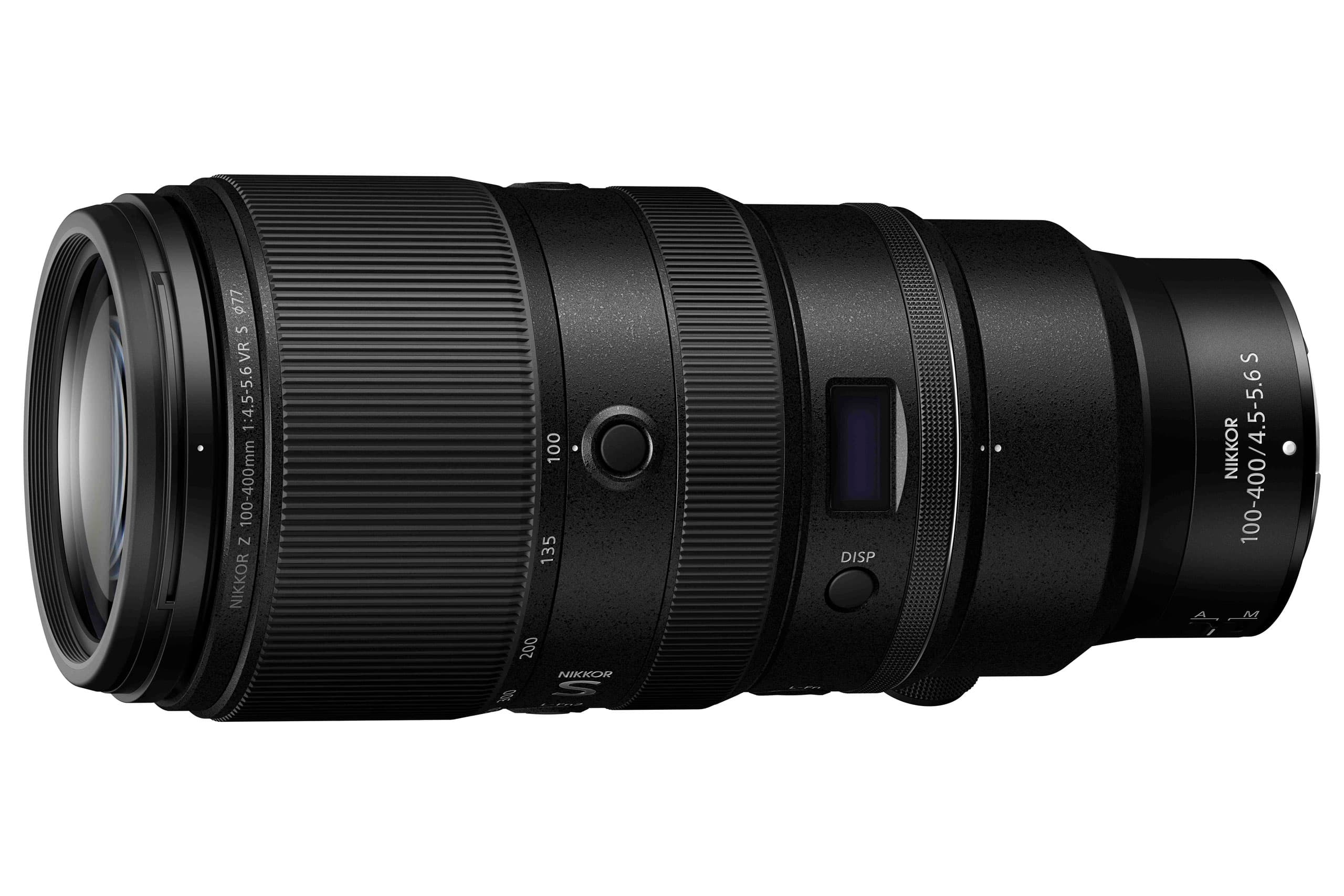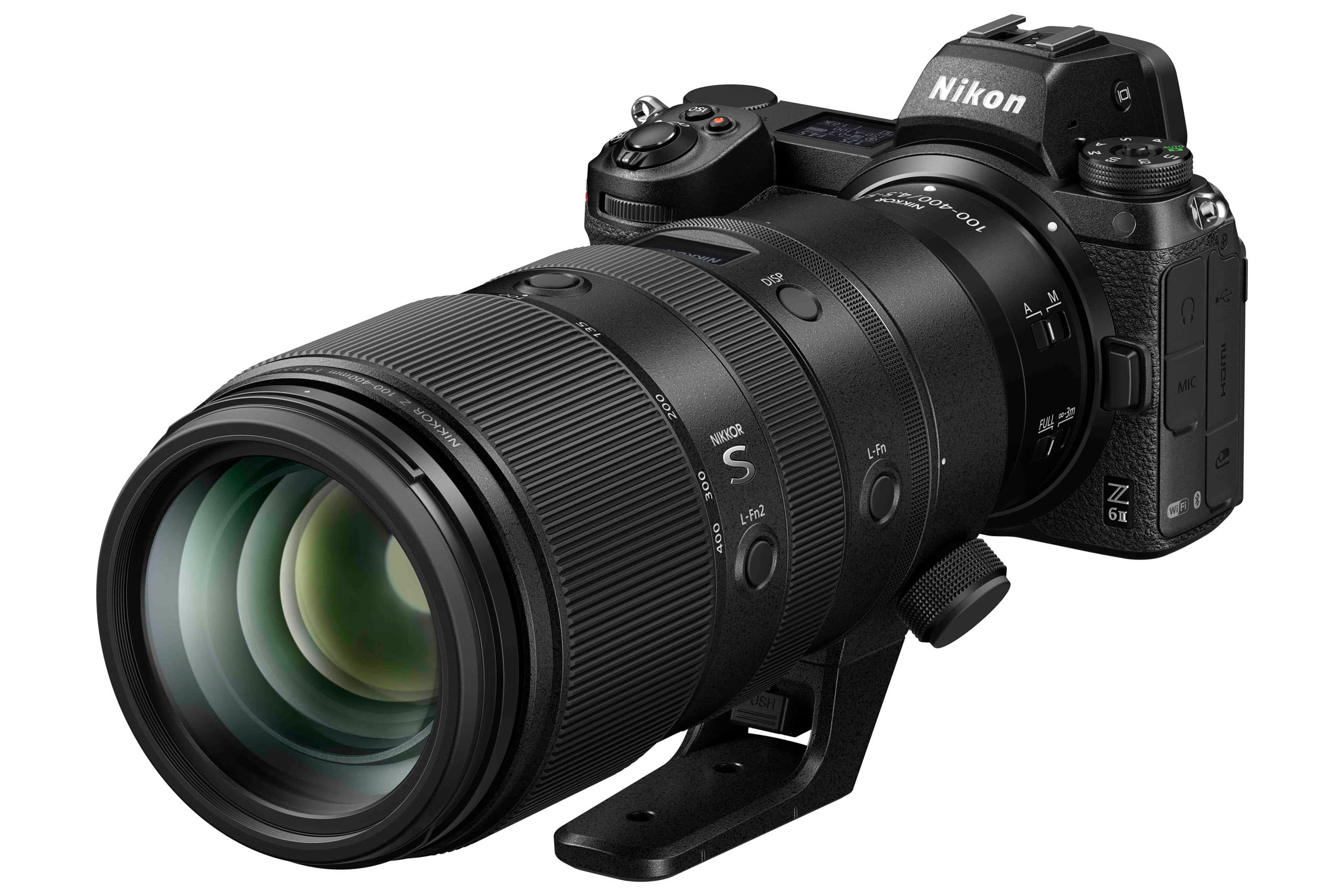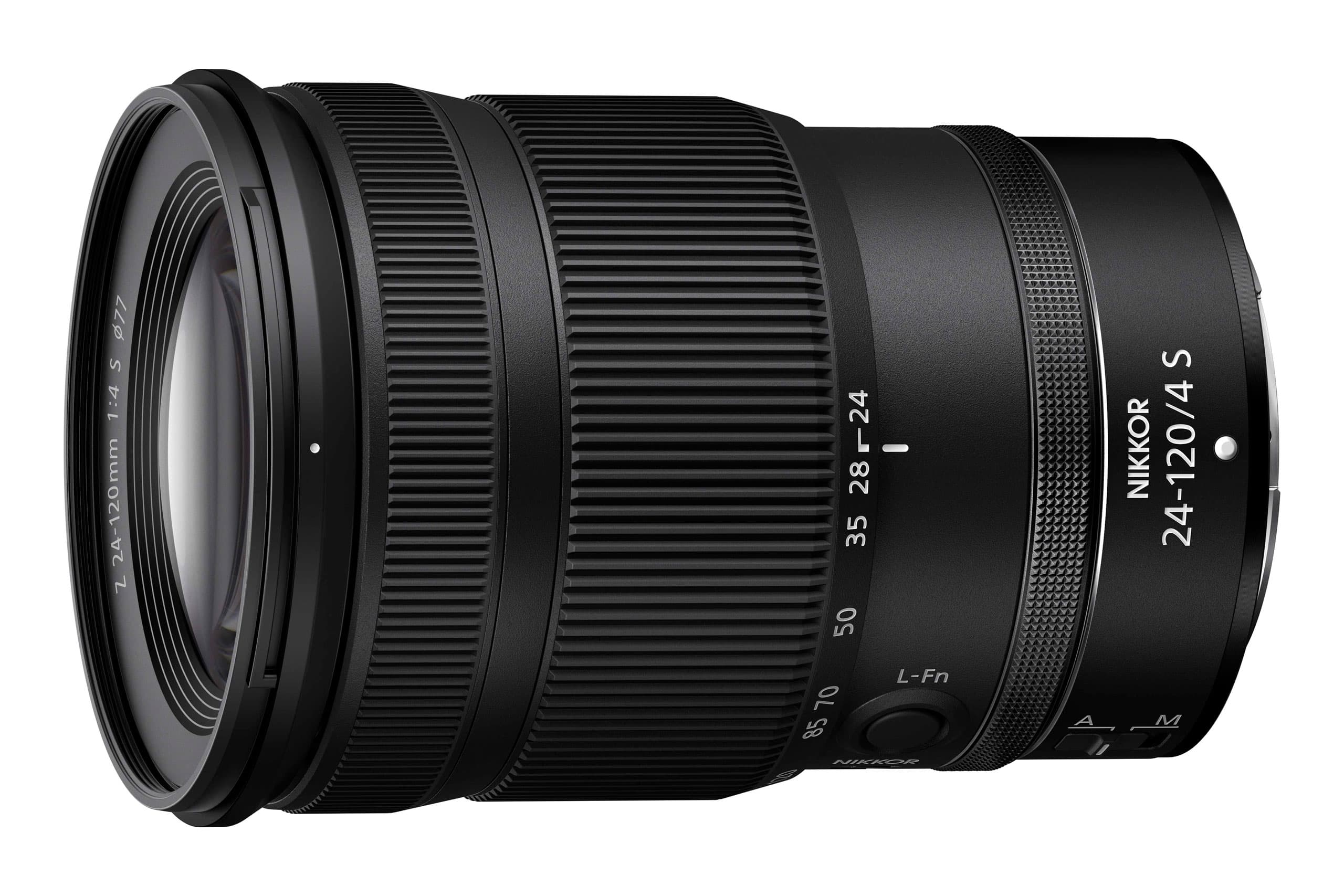Alongside the new professional full-frame mirrorless Z 9, Nikon has also revealed two new Z mount lenses, both of which are members of its premium S line. It’s also revised its FTZ mount adapter for using F-mount SLR lenses on Z-mount mirrorless bodies.
First up, the Nikkor Z 100-400mm f/4.5-5.6 VR S is a long telephoto zoom for sports, action and wildlife shooting. It employs an extending zoom mechanism with a 90° twist of the zoom ring required between the 100 and 400mm positions. The optics have been designed to maintain the lens’s centre of gravity on zooming for improved operability, particularly when using a gimbal for video shooting.
See also:
- Nikon Z9 review: hands-on first look
- Nikon reveals Z 400mm f/2.8 with 1.4x TC and updates lens roadmap
Optical stabilisation is built in, promising 5.5 stops benefit. The minimum focus distance ranges from 75cm to 98cm, making this an interesting option for close-up shooting. A focus limiter switch allows the AF range to be restricted between 3m and infinity to minimise any risk of hunting.
Physically the lens shares many of the high-end design features we previously saw on the 70-200mm f/2.8 S, including a top-plate display for viewing aperture, focus distance and focal length information. Customisable L-Fn1 and L Fn-2 buttons are provided, along with a silent control ring for changing exposure settings.
The lens is also extensively weather-sealed, boasts a fluorine coating on the front element to repel raindrops, and has a rotating tripod mount with a removable foot. It’s due on sale in November for £2699.
The second optic, the Nikkor Z 24-120mm f/4 S, is a general-purpose standard zoom that should be ideal for everyday use. It also boasts a control dial and an L-Fn button, along with weather-sealed construction. Its minimum focus distance of just 35cm affords a maximum magnification of 0.39x, and Nikon says there’s virtually no focus breathing or focus shift on zooming. It’ll cost £1099.
Last but not least, the FTZ II mount adapter offers improved ergonomics, thanks to a sleeker design that eliminates the tripod-mount protrusion underneath. It doesn’t, however, bring any new functionality. It’ll cost slightly less than its predecessor, at £249.










